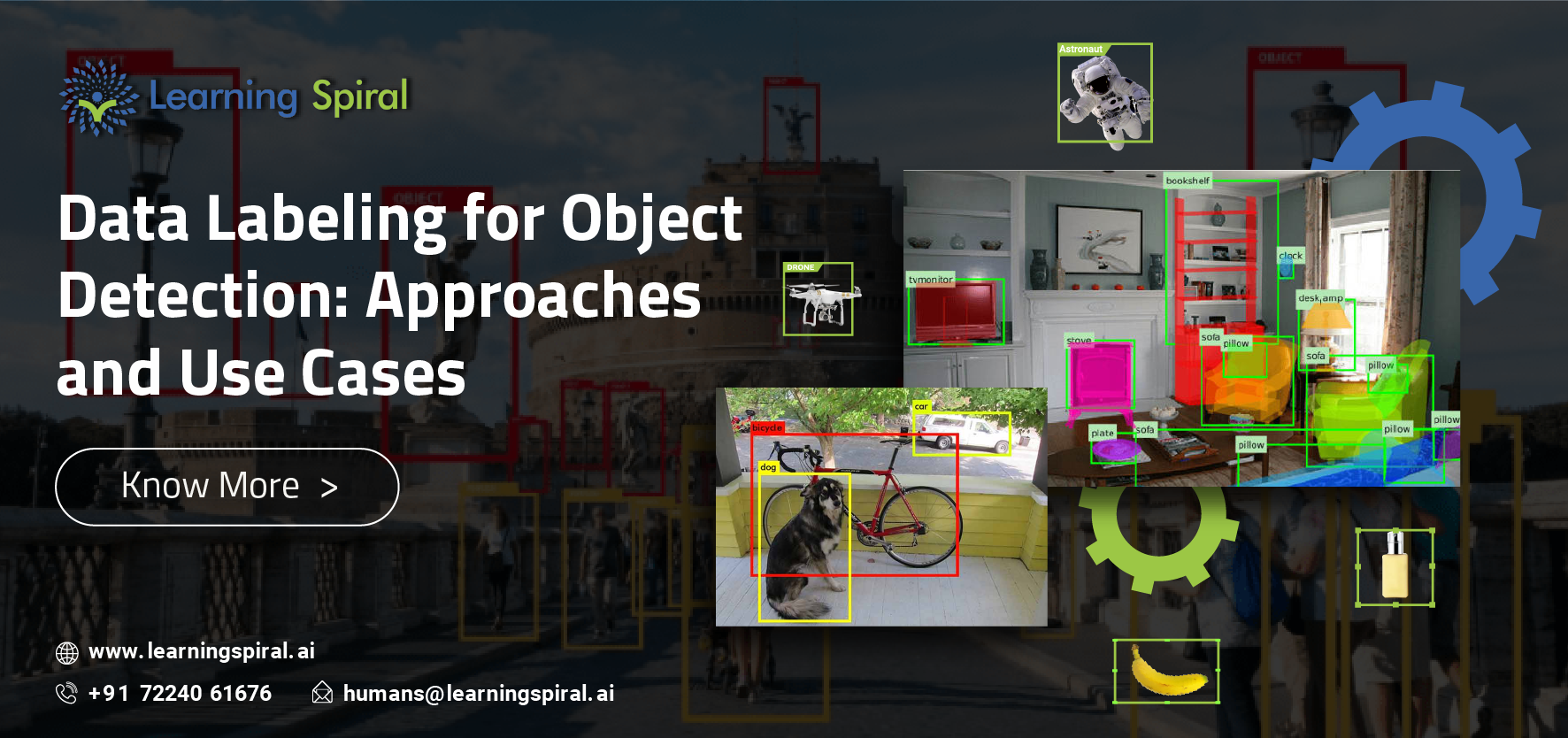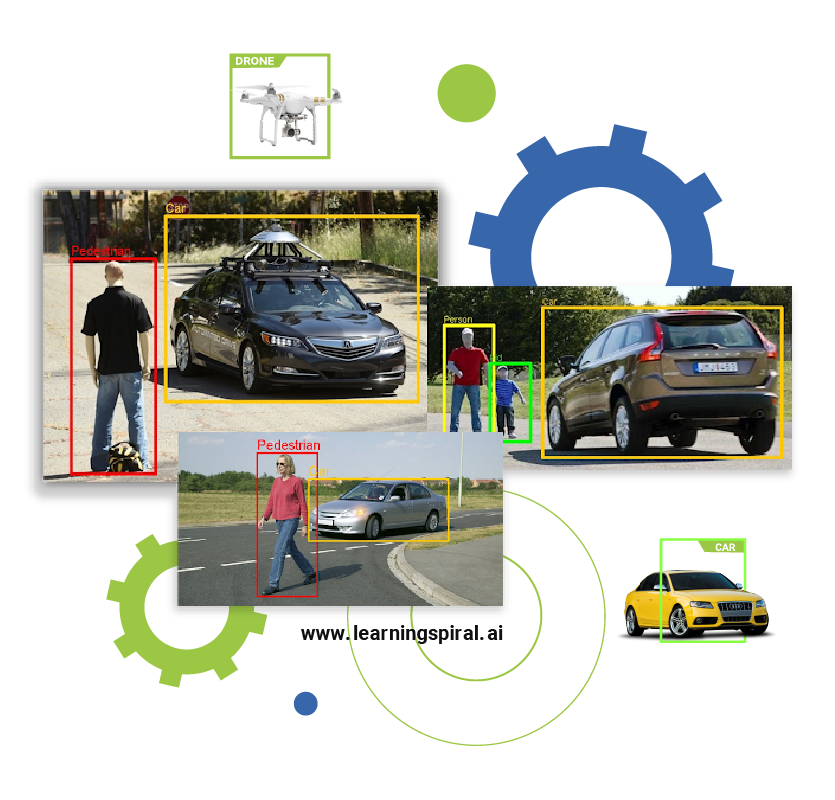
Object detection, a branch of computer vision, empowers machines to identify and locate objects within images or videos. This technology is a wonderful alternative to numerous applications, from self-driving cars to facial recognition software.
But for object detection models to function effectively, they require a crucial ingredient: labeled data.
Data labeling or data annotation involves adding tags or descriptions to raw data. In the context of object detection, this means identifying objects in images or videos and providing information about their location and class (e.g., car, person, cat).
This labeled data serves as a training ground for the model, allowing it to learn the characteristics of different objects and develop the ability to find them in unseen data.

Approaches to Data Labeling
The choice of data labeling approach hinges on several factors, including project complexity, data volume, budget, and available resources.
Here’s a breakdown of common approaches:
- In-house Labeling: This involves having a team manually label the data. While offering greater control, it’s time-consuming and expensive for large datasets.
- Crowdsourcing: Online platforms aggregate a global workforce to label data for a fee. It’s cost-effective for big datasets but can suffer from inconsistency and require robust quality control measures.
- Automated Labeling: Machine learning models can be used for pre-labeling data, particularly for simpler tasks. However, human review is still necessary for accuracy.
Use Cases for Labeled Data in Object Detection
Object detection models trained on labeled data have a wide range of applications across various industries:
- Self-Driving Cars: Object detection is vital for self-driving cars to identify and navigate around vehicles, pedestrians, and other obstacles on the road. ADAS features like lane departure warning and automatic emergency braking rely on object detection to enhance driver safety.
- Retail and E-commerce: Businesses can leverage object detection for tasks like product identification on shelves, automating inventory management, and improving product recommendations.
- Security and Surveillance: Object detection can be used for anomaly detection in video surveillance systems, identifying suspicious activity or unauthorized personnel.
- Medical Imaging: Labeled medical images can train models to detect tumors, fractures, or other abnormalities during diagnoses.
The Future of Data Labeling
As the demand for object detection models grows, so does the need for efficient and scalable data labeling solutions. Here are some trends shaping the future of data labeling:
- Active Learning: This technique allows the model to select the most informative data points for human labeling, optimizing the labeling process.
- Semi-supervised Learning: Leveraging a combination of labeled and unlabeled data can improve model performance while reducing labeling costs.
- Automation Tools: Advancements in AI will lead to more sophisticated labeling tools, further automating the process and reducing human involvement.
Conclusion
Data labeling remains a critical step in building robust object detection models. By understanding the different approaches and techniques, businesses can leverage the power of object detection for various applications, paving the way for a future filled with intelligent machines.

